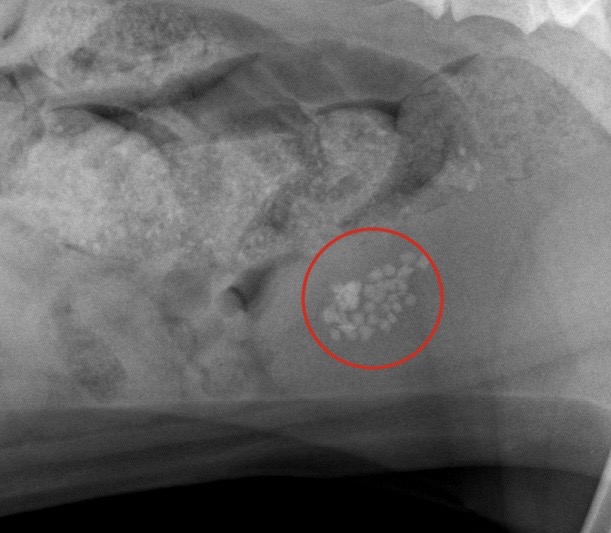Keep Your Pet Safe From These Holiday Toxins

While the holidays add excitement to the long winter months, we cannot forget about indoor and outdoor toxins frequently seen during this time of year.
Understanding Canine Communication

New insights suggest that our canine best friends really understand us far better than we understand them. It’s important for us to learn how to correctly read the ways in which they communicate with us.
Understanding Separation Anxiety In Dogs

Separation anxiety, or separation distress, is when a dog experiences a feeling of anxiety or even panic when they are separated from their preferred people.
Preanesthetic Bloodwork Is Important & Recommended

Preanesthetic bloodwork allows your veterinarian to assess your pet’s overall health, ensuring your pet is a good candidate for anesthesia.
Understanding Senior Pet Cognitive Dysfunction

Senior pet cognitive dysfunction refers to age-related changes in cognitive ability. Changes in cognition can occur at the same time as other medical disorders.
Recognizing & Managing Arthritis In Dogs

Osteoarthritis (OA) is a complex condition involving inflammation and degeneration of one or more joints. Dogs with OA experience pain and inflammation in various joints that interfere with the activities of daily living.
Check Out These Helpful Tips For Walking Your Dog

Walking is an adventure! Your dog will love all of the new sights, smells, and sounds encountered while strolling. These tips can help make that walk more enjoyable!
Can Old Dogs Learn New Tricks?

“You can’t teach an old dog new tricks.” Is there any truth in this old adage?
Recognizing & Treating Bladder Stones In Dogs

Bladder stones (uroliths or cystic calculi) are rock-like formations of minerals that develop in the urinary bladder. There may be a large, single stone or a collection of stones that range in size from sand-like grains to gravel.
What To Consider When Caring For A Senior Dog

Dogs older than seven years of age are considered senior pets. Senior dogs are in the stage of life where aging begins to affect every organ system.
